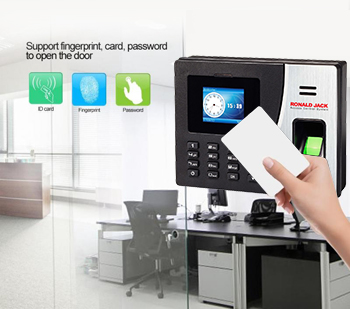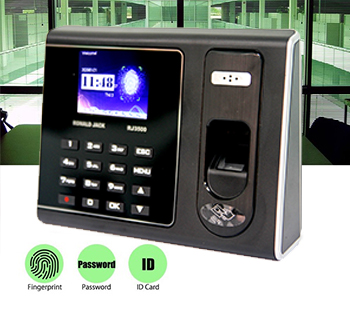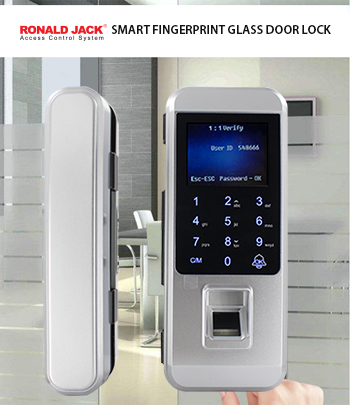What is IoT? Application of IoT in business and life
What is IoT? Application of IoT in business and life
In recent years, the concept of IoT is gradually becoming popular and applied by many manufacturers to bring convenience to life. Let’s learn about the concept, structure and application of IoT.
What is 1IoT?
IoT, which stands for Internet of Things, means Internet of Things, a system of connecting devices, from mechanical and engineering machines, to the devices we want and need to connect to get reporting data, Management and control, we can connect to the internet through connection infrastructures such as 3G, 4G, 5G, Bluetooh, LoraWan, ..
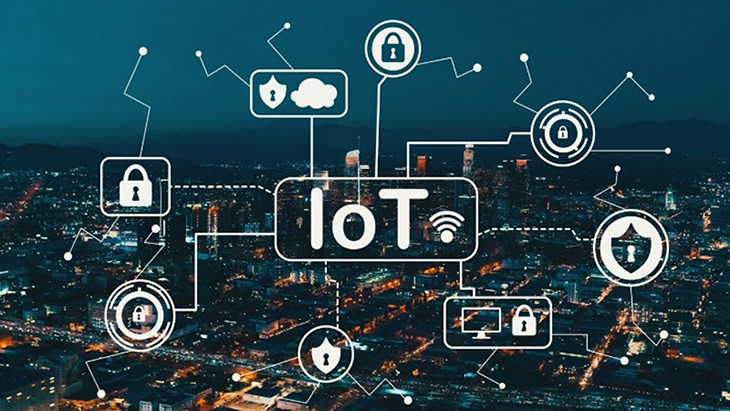

2.The structure and requirements of the IoT system
Internet of Things Architecture
An IoT system will include 4 main components including: Devices, gateways, network infrastructure (Network Server), analyzer and data processor (Application Server).
Requirements of an IoT system
The requirements to be able to set up an IoT will be very high and strict with the following criteria:
Identity-based connectivity: Objects, machines, and devices commonly referred to as “Things” must have a unique name or IP address. The IoT system needs to support connections between “Things” and the connection is established based on the Things IP identifier.
Manageability: IoT systems work automatically without human involvement, so they need to support the management of “Things” to ensure the network works properly.
Security capabilities: Because in IoT, there are many “Things” that will be connected to each other, increasing security risks such as information disclosure, false authentication, data falsification, etc. “Things” in the system can belong to many different owners and contain their personal information. Therefore, IoT systems need to protect privacy during data transmission, aggregation, storage, mining and processing.
Agreement Service: This service can be provided by automatically collecting, communicating and processing data between “Things” based on rules established by the operator or customized by user.
Interoperability: This enables the IoT system to easily interoperate between networks and Things.
Self-management of the network: Including self-management, self-configuration, self-correction, self-optimization, self-protection mechanism,… so that the network can adapt to application domains applications, communication environments, and various types of devices, etc.
Location-based capabilities: The IoT system can know and track the location automatically. These location-based services may be restricted by law or regulation, and are subject to security requirements.
Start up and use: The IoT system requires “Things” to be started and used easily and conveniently
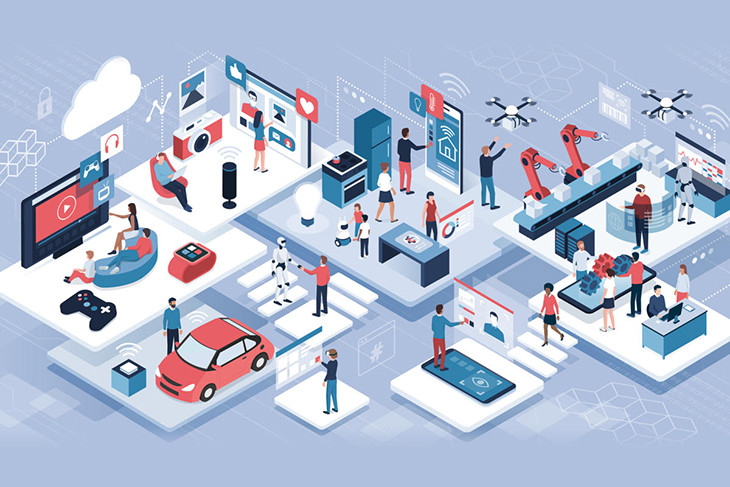

3.Basic Features of IoT
The IoT system will include the following features:
Heterogeneity: Devices in IoT are often heterogeneous because they possess different hardware and systems and can interact with each other thanks to the interconnection of systems.
Interconnectivity: For IoT systems, various items and devices can be connected to each other through the information network and overall communication infrastructure.
Services related to “Things”: The IoT system is capable of providing “Things” related services such as privacy protection and consistency between physical devices (Physical Thing) and software ( Virtual Thing).
Large scale: A very large number of devices and machines will be managed and communicated with each other on a much larger scale than the number of computers connected to the Internet today. The amount of information transmitted by devices will be much larger than it is done by humans.
Flexible change: The states of electronic devices and machines can automatically change such as turning off and on, connecting or disconnecting, retrieving location, etc.
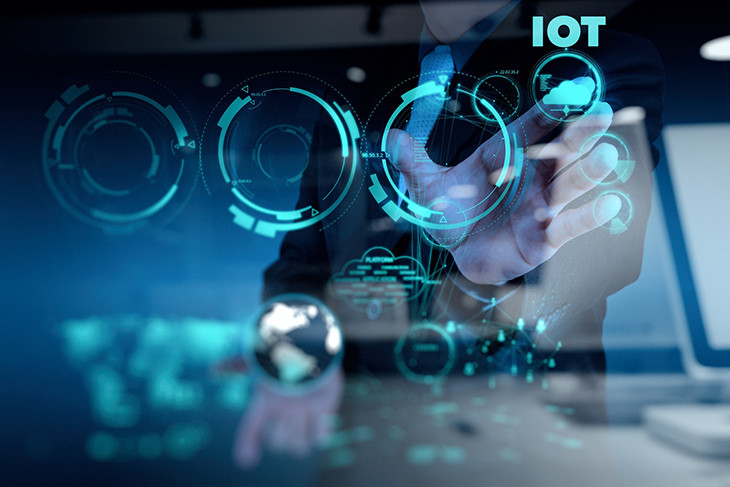

4.Advantages of IoT
The Internet of Things IoT also has two advantages and disadvantages as follows:
Advantages
– Access information from anytime, anywhere on any device, the device can work for more than 10 years, without worrying about the power source
– Improved communication between connected electronic devices., compact device, no maintenance cost
– Transferring data over the Internet saves time and money.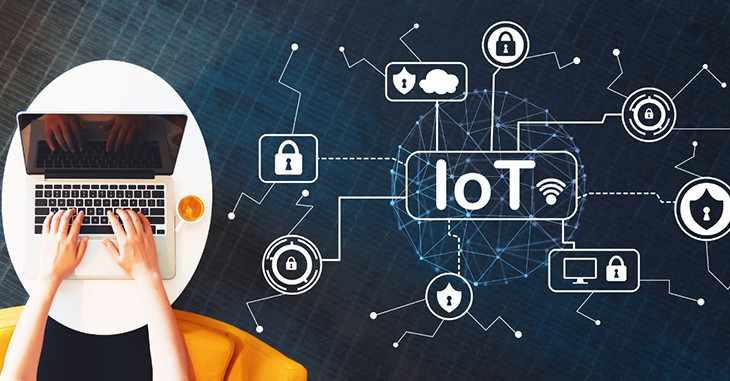

5.The role of IoT in life
IoT makes life smarter, more convenient, and better connected. This Internet of Things gives businesses a detailed view of everything from timing and machine performance to supply chain and logistics.
IoT helps companies automate processes, reduce labor costs, reduce waste, improve services, make production and delivery less expensive, and at the same time bring transparency in transactions. of cutomer.
Therefore, IoT is an important technology of daily life and will grow stronger and stronger.
6.Application of IoT
IoT is applied in many aspects of life and serves a variety of audiences:
Applications for business
The benefits of IoT for businesses depend on specific implementations based on access to data sources about their internal products and systems. Manufacturers are adding sensors to product components to make it possible to connect and transmit data, thereby helping to detect faults before damage occurs.
Enterprise IoT usage can be divided into two segments:
– Industry-specific services such as sensors in power plants or real-time locators for healthcare.
– IoT devices are used in all industries such as smart air conditioners or security systems.
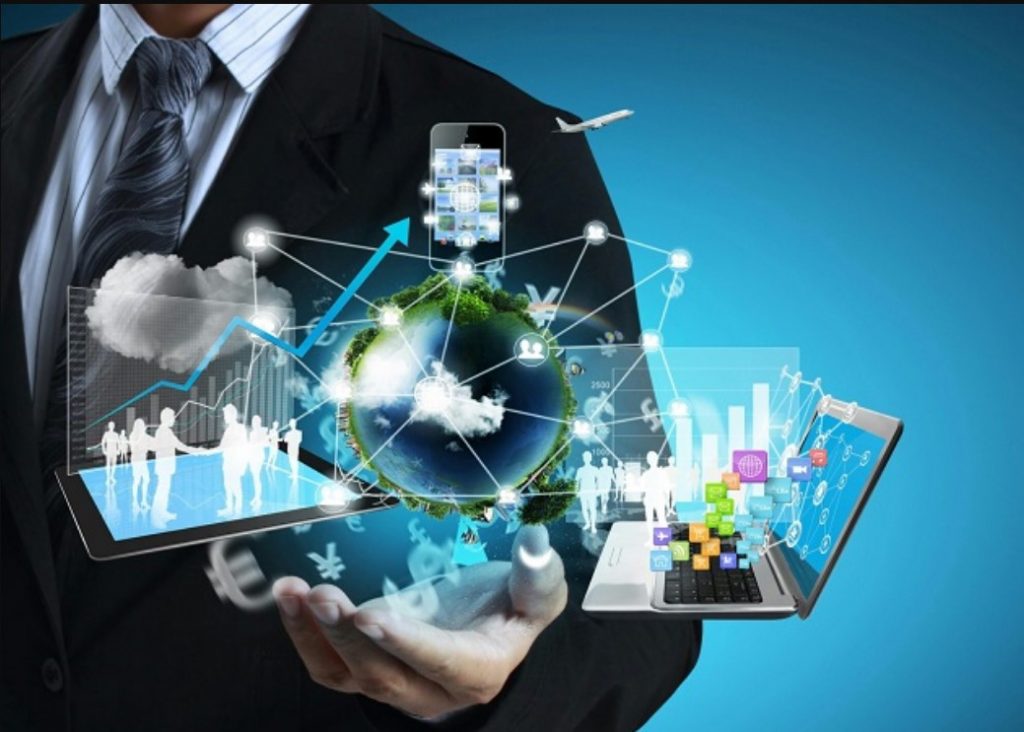

Application for users
IoT will make homes, offices, and vehicles smarter, more measurable, and better automated. Smart devices such as virtual assistants such as Google Assistant help save energy, support daily tasks such as playing music, turning on the air conditioner, …
Besides, thanks to IoT, it can help us know the pollution level of the environment right on our phone or computer through measurement indicators, control self-driving cars and changeable smart cities. how we build and manage public spaces.
CÁC TIN LIÊN QUAN
- (Tiếng Việt) Quản lý nhân sự xây dựng như thế nào?
- (Tiếng Việt) Kinh nghiệm lựa chọn phần mềm chấm công cho máy chấm công vân tay
- (Tiếng Việt) Giao việc là gì? Cách để ủy quyền và giao việc hiệu quả
- What are SLAs? Businesses that want to be sustainable cannot do without SLA!
- Ronald Jack hands over Smart Human Resource Management 4.0 solution to the Vegetarian Restaurant chain
- HOW TO BECOME A GOOD HUMAN RESOURCE ADMINISTRATIVE?
- AI detects shipwrecks from the air
- Students of Hanoi University of Industry study the application of ‘problems’ to detect exam cheating
- Top 7 best task management software today
- How to still have a chance to get promoted while working from home




